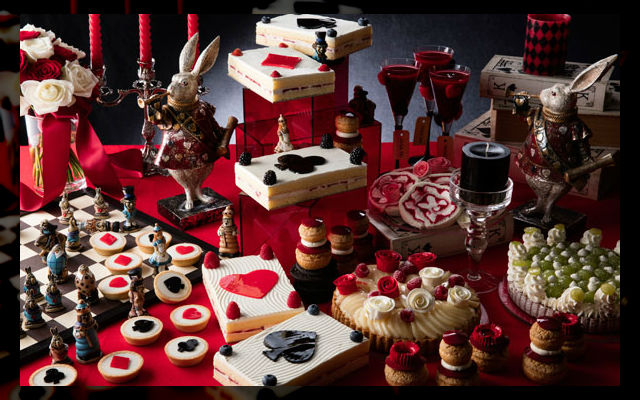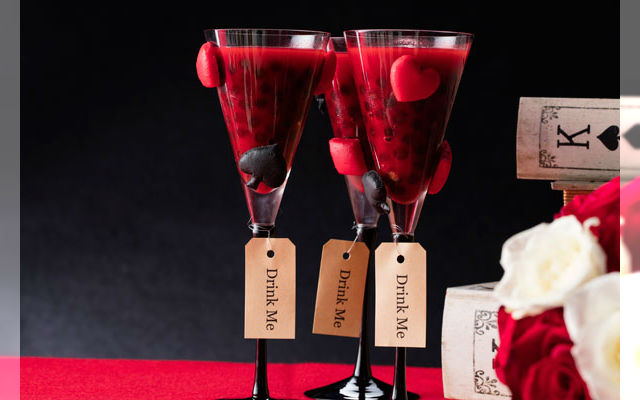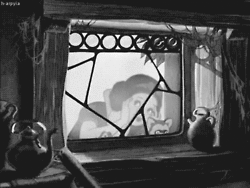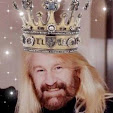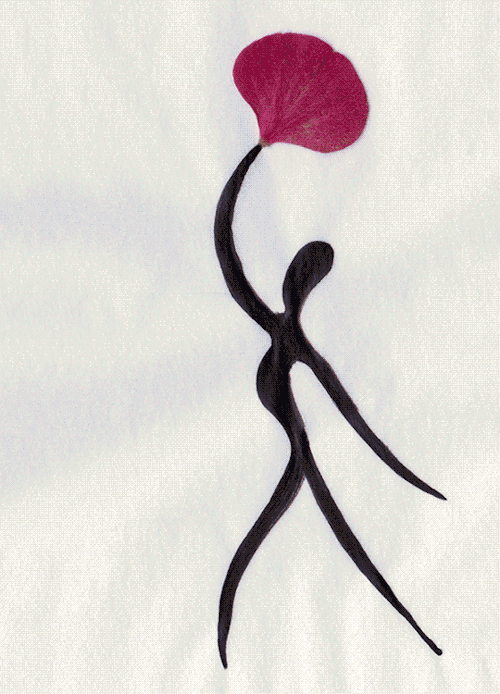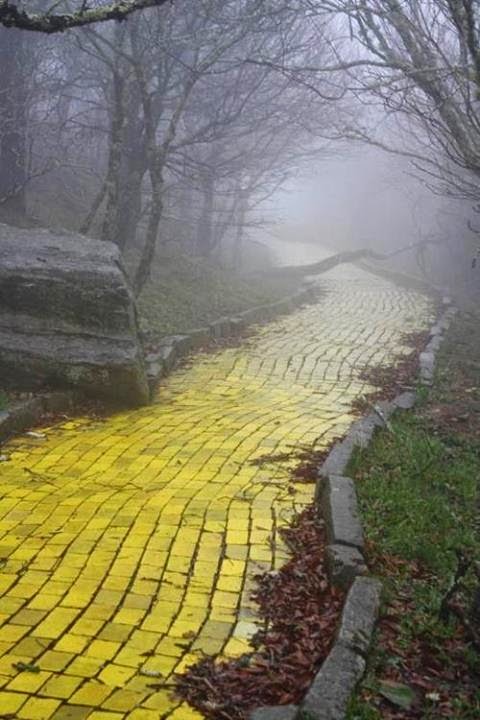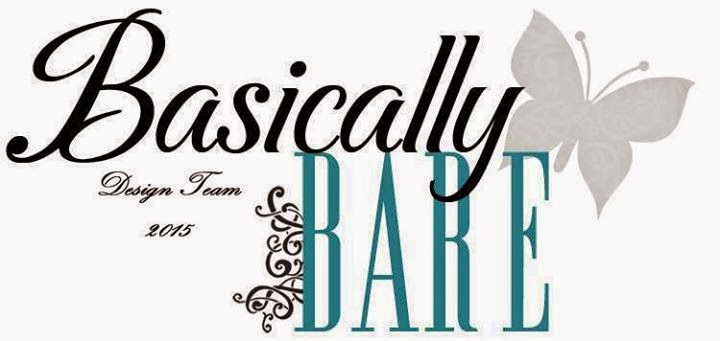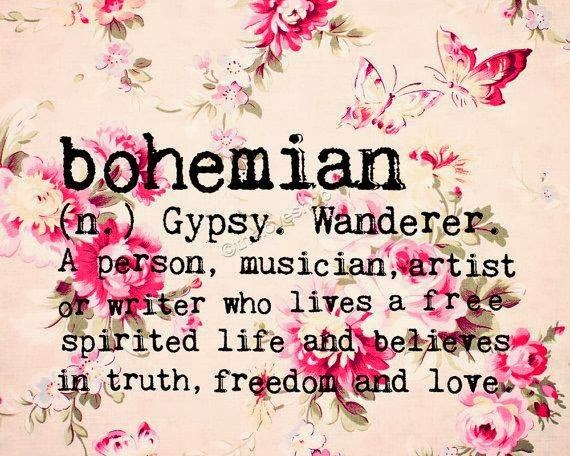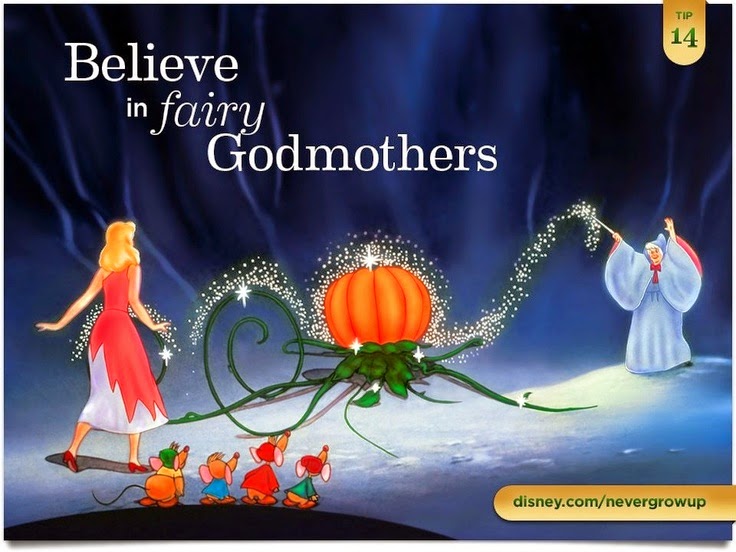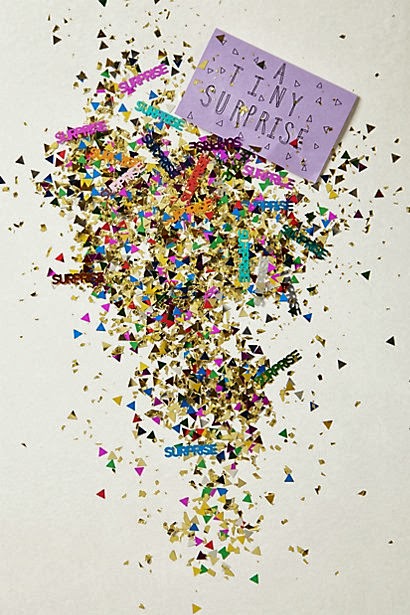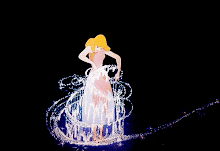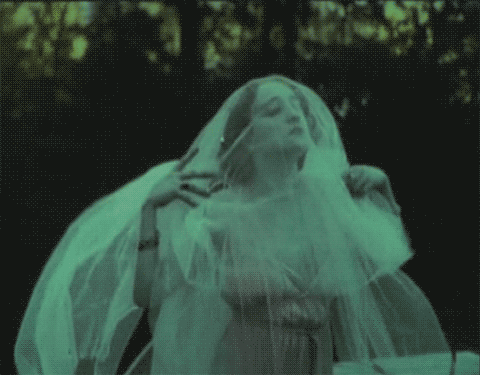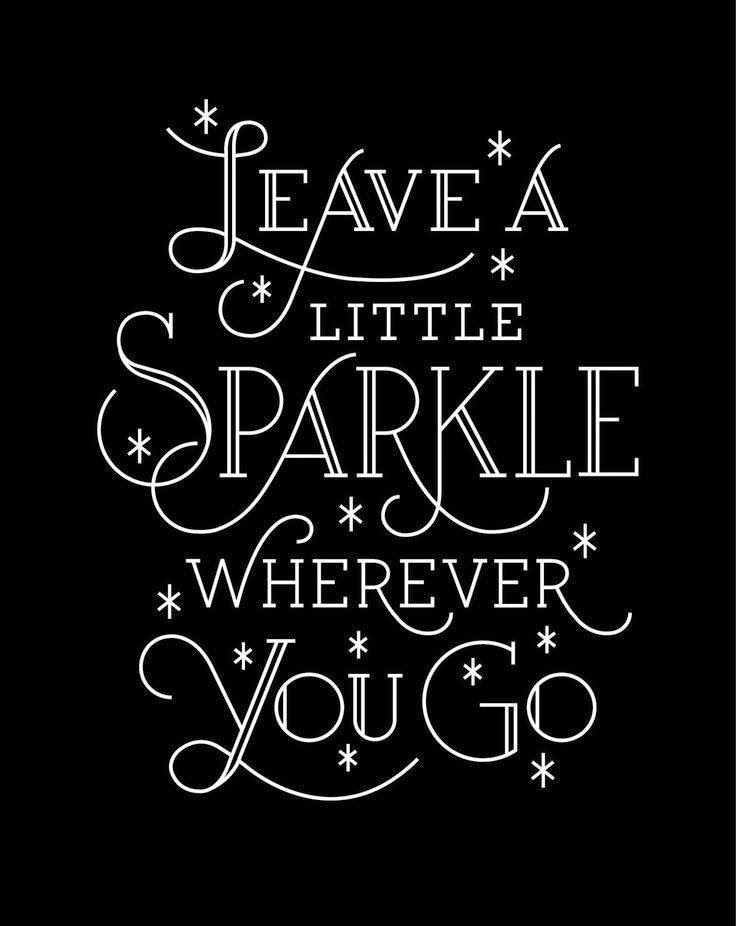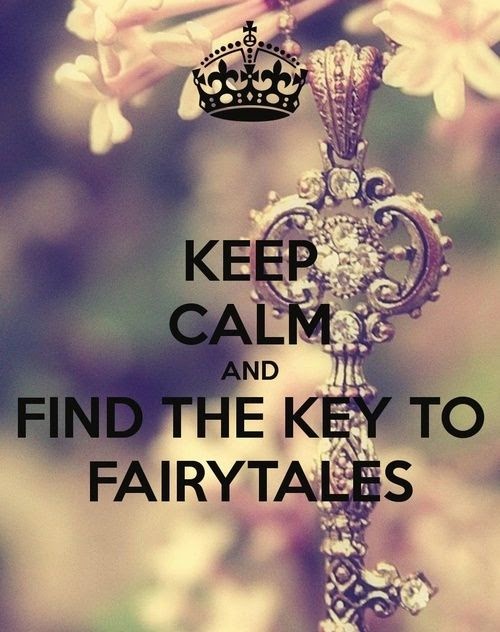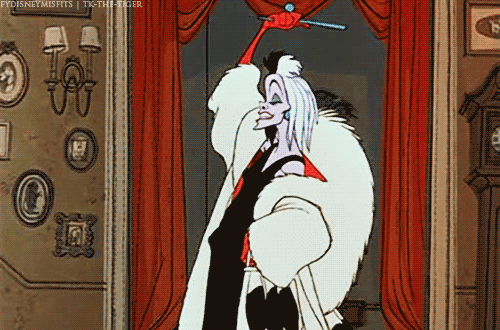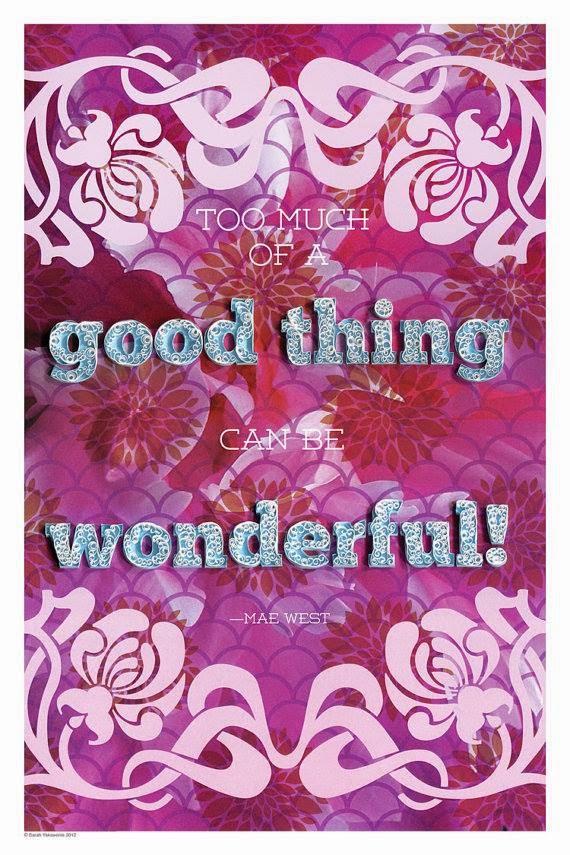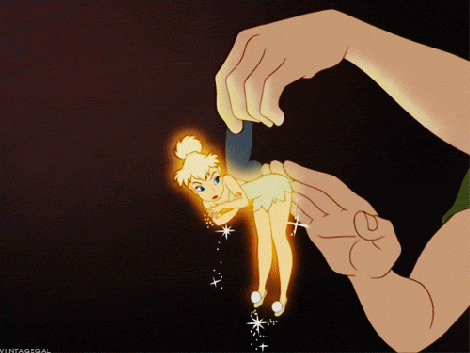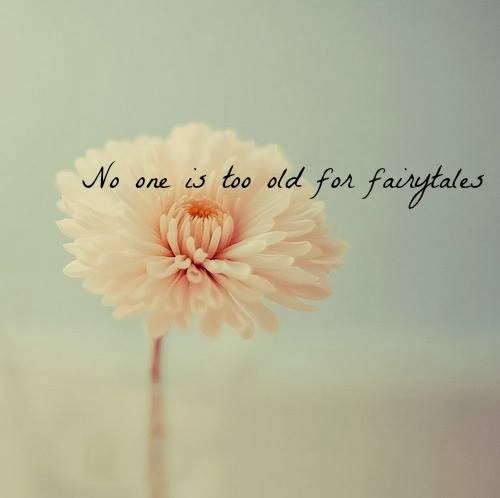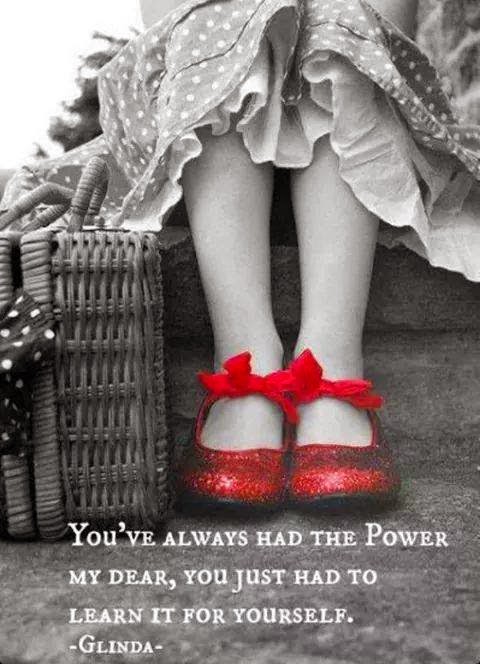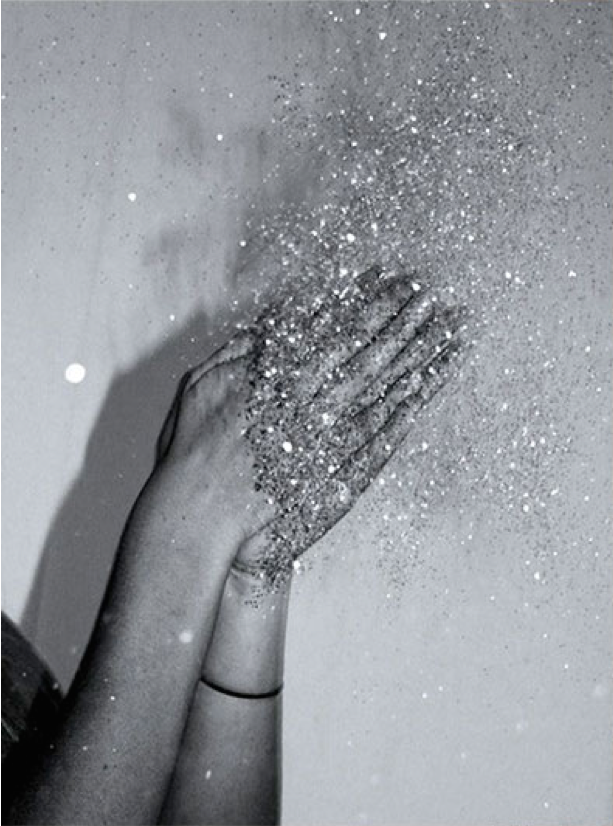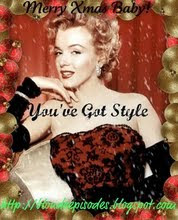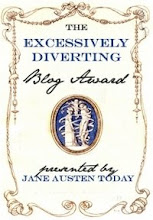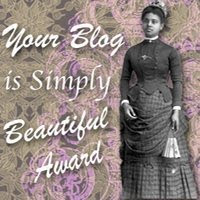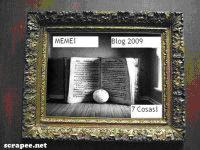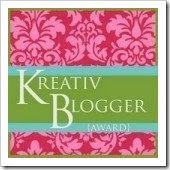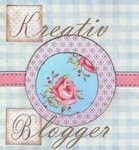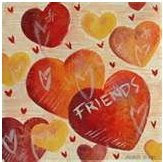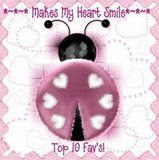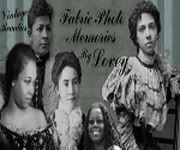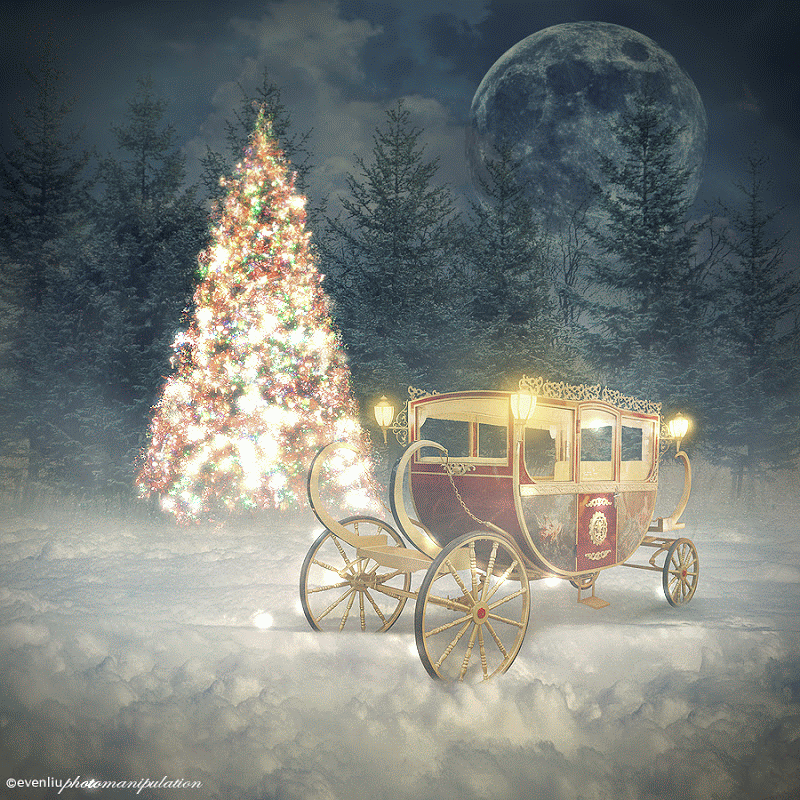During the 18th century - the time of excessive, over-the-top, luxurious and extravagant styles and fashions, Marie Antoinette needed a full armoire-sized traveling toilette steamer trunk especially to carry her many perfumes, powders, creams, rouges and paints.

When I saw this wonderful little (4” wide x 5” tall x 2-1/4” deep) apothecary cabinet kit from Alpha Stamps, I knew it was the perfect place to begin creating a miniature version of
'toinette's traveling steamer trunk.
The exterior is covered with the very realistic brown leather scrapbook paper, and embellished with Jolee's gold laser cut borders and images cut from the Valentine's Borders collage sheet. Black heavy chipboard stands in for leather straps, and gold brass hinges and antique bronze oval drop handles make the trunk fully functional.
Once open, the middle section (above) and the two side sections (below) hold perfume flasks and bottles created from the tiny bottle selection and various beads and teardrop crystals. Light blue Dresden metallic borders serve as trim around the top of the shelves. Miniature books are created from the Little Library collage sheet and red mini rose buds complete the top sections.
The lower half of the middle (above) and lower (below) sections start with drawers made from chipboard and 'veneered' with Asian Calligraphy scrapbook paper and embellished with more Jolee's laser cut gold borders. The top row of the middle section holds Marie's jars of creams, bath beads, and powder, created from the tiny jars in the bottle assortment and tiny labels.
Having just read a book about Marie Antoinette, I knew that every morning her toilette articles were handed to her in a new 2-yard piece of silk fabric which was then given to one of the ladies-in-waiting. I used various hand-dyed ribbons to create the bundles of silk fabric needed to complete the queen's toilette each and every morning.
Here is a supply list of everything from Alpha Stamps used in this fantasy miniature setting:
-
Items Used in Photo Styling Set Up –
I hope you enjoyed your visit today to Enchanted Revelries and seeing my latest little creation from the wonderful treasures at Alpha Stamps!
¸.•´¸.•*´¨) ¸.•*´¨)(¸.•´
(¸.•´♥ Tristan ♥

























